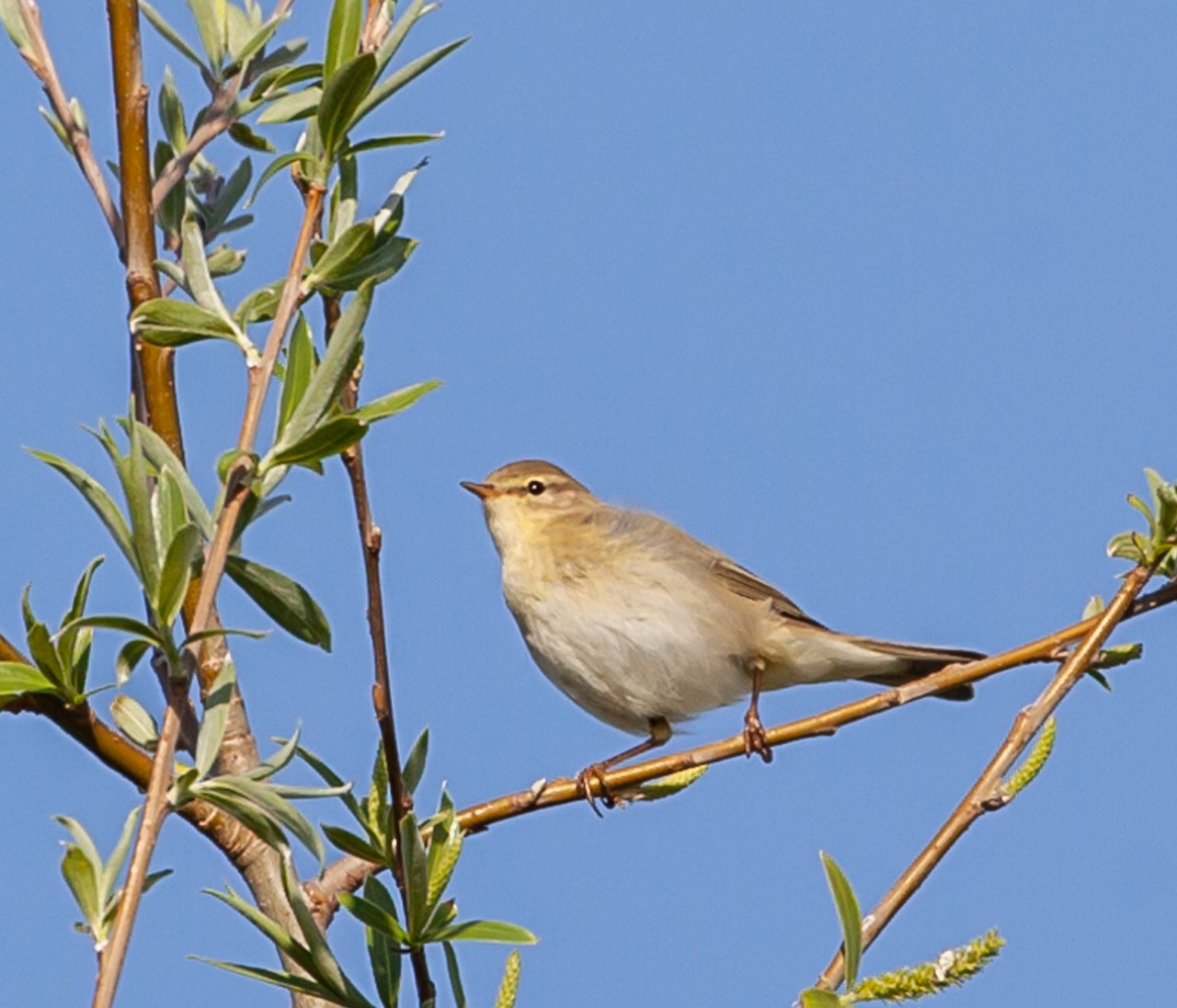Avbruten ruggning has adulta lövsångare under höstflyttningen genom Sverige
DOI:
https://doi.org/10.34080/os.v5.23006Nyckelord:
fjädrar, åldersbestämning, åldersskillnader, ringmärkning, fågelstation, könsdimorfismAbstract
Among passerines a complete moult is carried out annually after breeding in the summer season or, in some long-distance migrants, after autumn migration in the winter season. A few species, such as the Willow Warbler Phylloscopus trochilus, show two complete annual moults. It is often observed that among Willow Warblers on autumn migration passage a few individuals retain one or more old secondaries, hence the moult after breeding has been interrupted. We hypothesise that the frequency of birds showing moult interruption should increase with increasing breeding latitude due to the shorter time available for breeding and moult towards north. Further, we expected a higher incidence of moult interruption in females compared with males because females presumably are more involved in breeding activities. These hypotheses were explored with data on adult Willow Warblers collected at Swedish bird observatories during a nation-wide co-operation project concerning the migration of the Willow Warbler. We found a positive correlation between the proportion of Willow Warblers with unmoulted secondaries and latitude. The proportion of females with moult interruption was higher than in males, and among birds with remaining old secondaries females had more unmoulted feathers than males. We found a rather high proportion of birds with interrupted moult at southern observatories, which we speculate may be associated with birds laying second clutches in some years.
Nedladdningar

Downloads
Publicerad
Referera så här
Nummer
Sektion
Licens
Författaren/författarna innehar copyright för varje enskilt bidrag, men samtliga bidrag är publicerade under en Creative Commons-licens, så att vem som helst kan dela och återanvända bidraget förutsatt att copyright-innehavaren erkänns.







